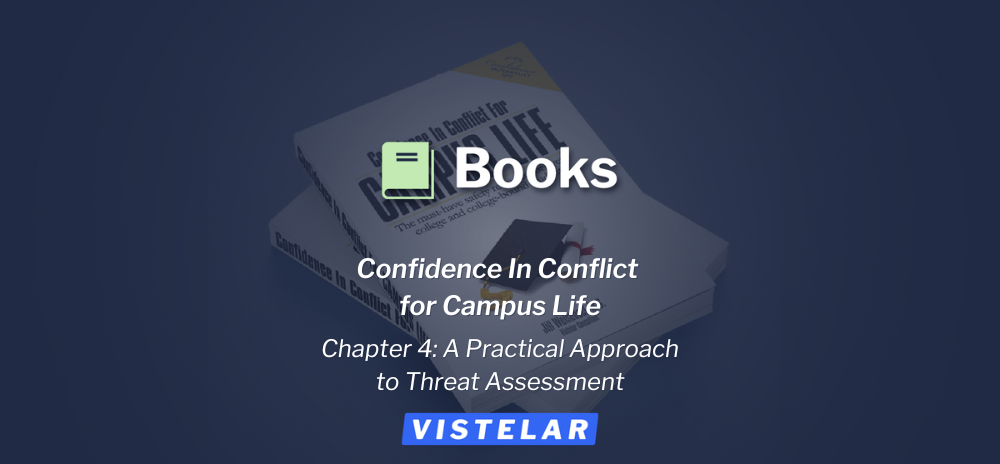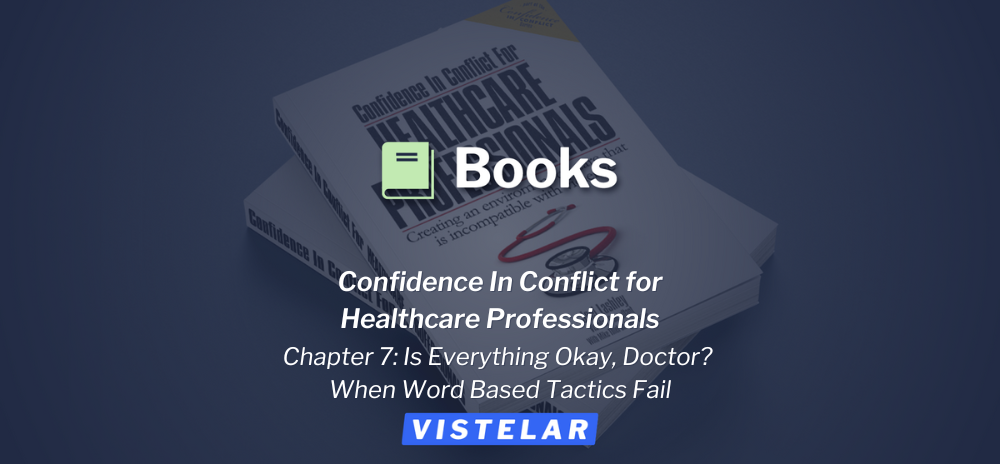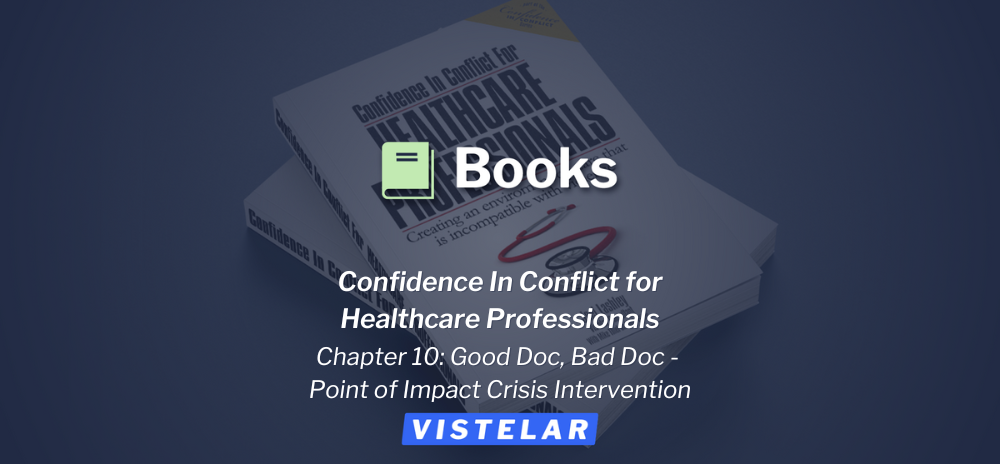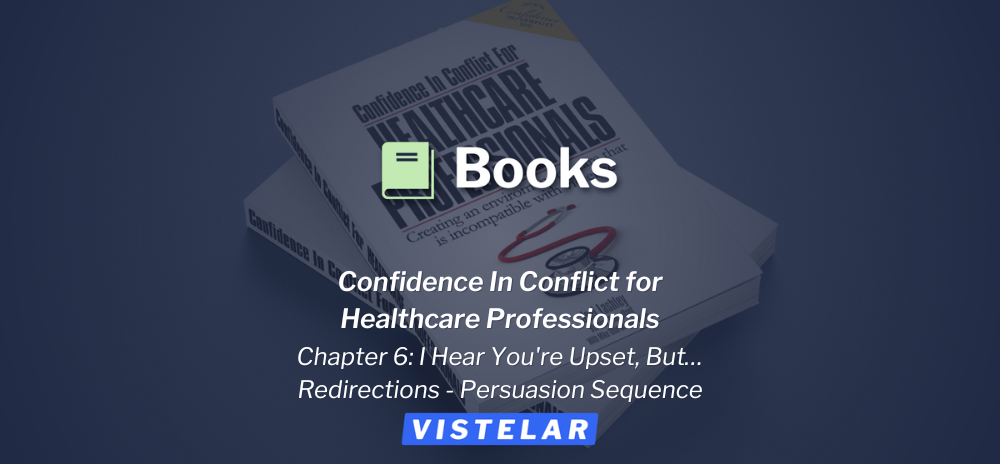Enjoy this excerpt from one of our published books.
Chapter 4
A Practical approach to threat assessment
Amanda kept a close eye on the two unknown individuals that had now been fol- lowing her for several blocks. She noticed that they were closing in on her, and that one of them kept holding his hand on the beltline of his pants, as if he was trying to hide something or hold something. She felt her heart start to race and her palms get sweaty, so she quickened her pace and turned left at the next block. “Jordan!” she screamed, as she ran towards her and hugged her.
Jordan was with several people Amanda didn’t recognize, but she couldn’t be hap- pier. “Dude, Amanda, you don’t even like me. What’s your deal?” said Jordan. As she looked up, she noticed the two creepy looking individuals who had been following Amanda. They had stopped, turned around, and started walking away. “Oh,” she said. “That could’ve gone bad. Let’s get you to where you were headed. Stick with us.” Amanda may not have been friends with Jordan, but boy, was she thankful to run into her.
Up to this point, you have learned a lot of new information about how to manage your space and how to keep yourself safer within that space. You have learned:
- How to be a when-then thinker
Conditions of Awareness - How to identify red flag risk indicators
- 540 Degree Proxemic Management and the 10/5/2 rule
Now, we are going to further discuss what to look for in various situations you will encounter on campus. First, we need to understand the difference between threat assessment and risk assessment.
At its most basic level, “risk assessment” can be understood as a systematic process of evaluating what risks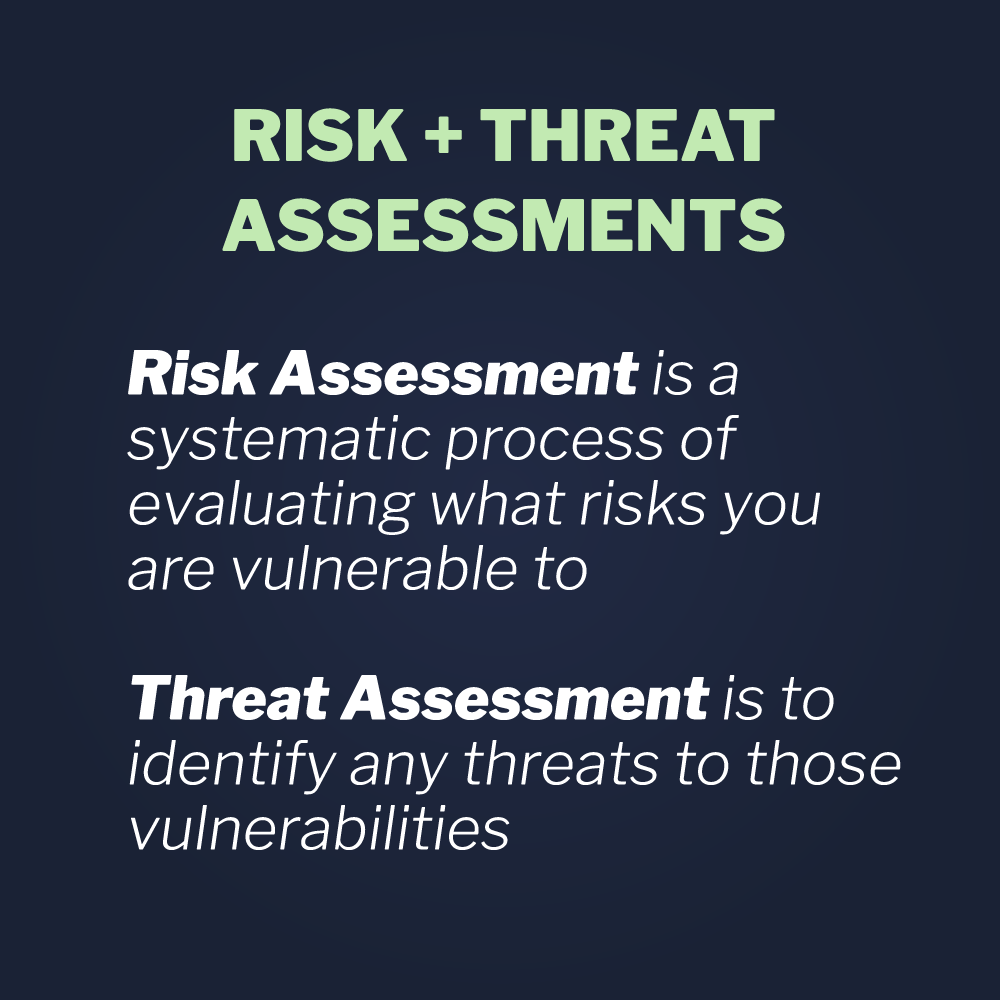 you are vulnerable to. For example, if you went sky diving, you are vulnerable to serious injury because your parachute could fail. If you had a leg injury, you would now be more vulnerable to having someone steal your wallet and run away with it because you would be less able to catch them. After you have identified vulnerabilities, you can take measures to reduce them. Next, you should conduct a threat assessment, which involves identifying any threats to those vulnerabilities. If your parachute had a broken string— that’s a huge threat! If you saw someone tailing you on the street, that person could pose a theft threat. Both of these skills are important. You need to be able to identify your vulnerabilities accurately so you know what risks you might face, and you need to be aware of the elements in your environment that pose threats to those vulnerabilities.
you are vulnerable to. For example, if you went sky diving, you are vulnerable to serious injury because your parachute could fail. If you had a leg injury, you would now be more vulnerable to having someone steal your wallet and run away with it because you would be less able to catch them. After you have identified vulnerabilities, you can take measures to reduce them. Next, you should conduct a threat assessment, which involves identifying any threats to those vulnerabilities. If your parachute had a broken string— that’s a huge threat! If you saw someone tailing you on the street, that person could pose a theft threat. Both of these skills are important. You need to be able to identify your vulnerabilities accurately so you know what risks you might face, and you need to be aware of the elements in your environment that pose threats to those vulnerabilities.
Threat assessment in a given situation, or of a specific person, is a continuous process. It isn’t something you do “just one time,” and then you automatically assume since something was safe a few minutes ago, that it is safe now. For example, let’s say you needed to cross a busy street. There is the risk that you could get hit by a car. So to prevent yourself from getting hit by the car, you seek out a cross walk, and wait for a red light, which helps you minimize the risk of getting hit by a car. Then you look both ways before stepping into the road. By looking both ways before you cross the street, you made a threat assessment of the situation and decided either to cross the street, or wait for cars to pass. But let’s say last week you had to cross the same intersection, and you looked both ways and it was safe to cross, so you did. That doesn’t mean that this week you’d just blindly walk up to the intersection and step into the road. You would look both ways again to determine if it was safe, and even as you continued to cross the road you would continue to look both ways to make sure a speeding car doesn’t run a red light and hit you. In a nutshell, this is how you should approach the ongoing threat assessment process in every situation.
Conducting a Threat Assessment
So now that you know what threat assessment is, I’m going to go into more detail about how to do it. One of the first things you need to think about is how vulnerable you are in a particular situation. If you needed to get home late at night after studying, you’d be less vulnerable to robbery or assault if you were in a car rather than walking. If you needed to walk, you’d be less vulnerable to robbery or assault if you were practicing good 540 Degree Proxemic management, had your valuables hidden, and were wearing practical footwear, rather than walking alone, intoxicated, texting on your smartphone, and wearing flip flops. All of those little things contribute to your overall vulnerability in a situation. To assess vulnerability, you also need to consider, “What is the source of the threat I am vulnerable to, and why?” If you can answer those questions, you will be well equipped to protect yourself against it. Remember, the more distracted you are within your environment, the more vulnerable you are to it!
There are many threat assessment opportunities for you to consider. Again, if you walk into a situation and something or someone just doesn’t feel right, listen to it. Your gut instinct is telling you to go from Condition Yellow to Condition Orange, and whatever it was that set off your radar deserves your attention. Some of the things you should consider when conducting a threat assessment of a person include:
- The time of day, your location, and if you are around other people, sound, and light.
- The relative age, size, strength, and skill level of the potential threat(s).
- If they are “enjoying their space,” or focused on you or another person.
- If they have rapid breathing and seem anxious or nervous (fidgety).
- If they make an unexpected movement or change direction and head directly toward you.
- If they start to increase their level of movement or start to exaggerate their movements.
- If they appear to go from calm to angry, and start showing excessive signs of emotional distress.
In the example above, Amanda started to take notice of several of these things. She noticed that it was late at night (dark), she was alone (outnumbered), the subjects pointed at her (were more focused on her than what they were doing), and started heading directly towards her (unexpected change in direction). Do you remember what else Amanda noticed? That’s right. One of the subjects grabbed the waistband of his pants as if he was holding something up. Could it have been a handgun? It very possibly could have!
People who are about to attack you will also give away other clues. You should be able to notice a change in their body posture— they will assume a more “athletic” stance, also known as a “boxer” stance, and you may even be able to see them start clenching their fists and shifting their shoulders in an effort to get into a more powerful position to attack you. These are all indications that you should be managing your space, and doing everything you can to create more distance between you and that individual.
Assessing a New Campus
You have learned many new skills up to this point. At the very least, you should be seeing your world differently and learning how to take your safety into your own hands. Let’s put some of your new knowledge to the test and pretend it is your first day on campus, a brand new environment. You are still with your parents; they’ve helped you unload your stuff, set up your room, and want to take you out for dinner before they head home many, many miles away. Your mom, a lifelong police officer, smirks and asks you, “So, have you figured out the safest way to get to all of your classes yet?” You laugh, but you suddenly realize that she isn’t kidding, and you start to look around. “Don’t worry mom, I already have my whole safety plan laid out!” Your mom smiles, “Ok then, let’s hear it.”
Using the skills you have learned, take a quick risk assessment of your campus. Try to outline situations or circumstances where you’d be the most vulnerable to crime. This would be a great exercise to practice with your parents and your friends too.
Since it’s your first time, I will help you out. Here is a checklist of some of the things you should do as soon as you get to your new campus:
- Colleges have highly trained professionals presenting orientation sessions. ATTEND them and LISTEN! As difficult as it will
- be with all of the excitement to stop meeting new people and talking to new friends, you must take advantage of the information they are giving you. That information will help
- protect you and make you less vulnerable to crime in the future.
- Identify where your campus security/police department is located. Do they have substations? Do they offer safety training or self-defense classes throughout the year? If they do, recruit some of your friends and take one!
Put the campus security/police number in your cell phone, and make sure you label it with an easily recallable name in case of a high stress emergency. - Do they have blue light or emergency phones and surveillance cameras? I bet your campus security loves to show them off— find out if they have brochures on the locations of the phones, or better yet, ask to do a ride along so you can learn more about what they do, and where the safe (and more dangerous) areas are on campus.
- Figure out on a map where your dorm room is in relationship to your Locate the safest route to and from them. This may not mean the “shortest” route, and it may not mean that it’s the same route to and from. For example, if you have a Thursday night class from 7-9:40 pm, it may be safe to take a shortcut through several alleys to get there, but at 9:40 pm at night, it may be smarter to take a main campus thoroughfare that is well traveled, well lit, and passes several emergency phones. Do the same assessment for walking to and from your favorite study spots, restaurants, and hangouts, taking notice of the street names- campuses look very different at night!
- Does your campus have a transportation service? Use it! And not just when it’s cold or Most campuses offer safety shuttles of some kind that will safely take you all over campus.
- Make sure all of your expensive belonging are identifiable if stolen, such as music players, cell phones, laptops, and bikes Borrow an engraver or check with your campus security to see if they have one.
Make sure your parents know your class schedule and what types of debit and credit cards you keep in your purse/wallet. Keep your bank information handy, so that you can cancel your cards quickly if they are stolen.
I realize that these things may seem trivial or unnecessary, but in the event of something happening to you or your belongings, this small amount of preparation could be a matter of life or death!
“There are things you can do to keep yourself safer. Don’t go through life just hoping that bad things won’t happen. Hope is not a tactic.”



